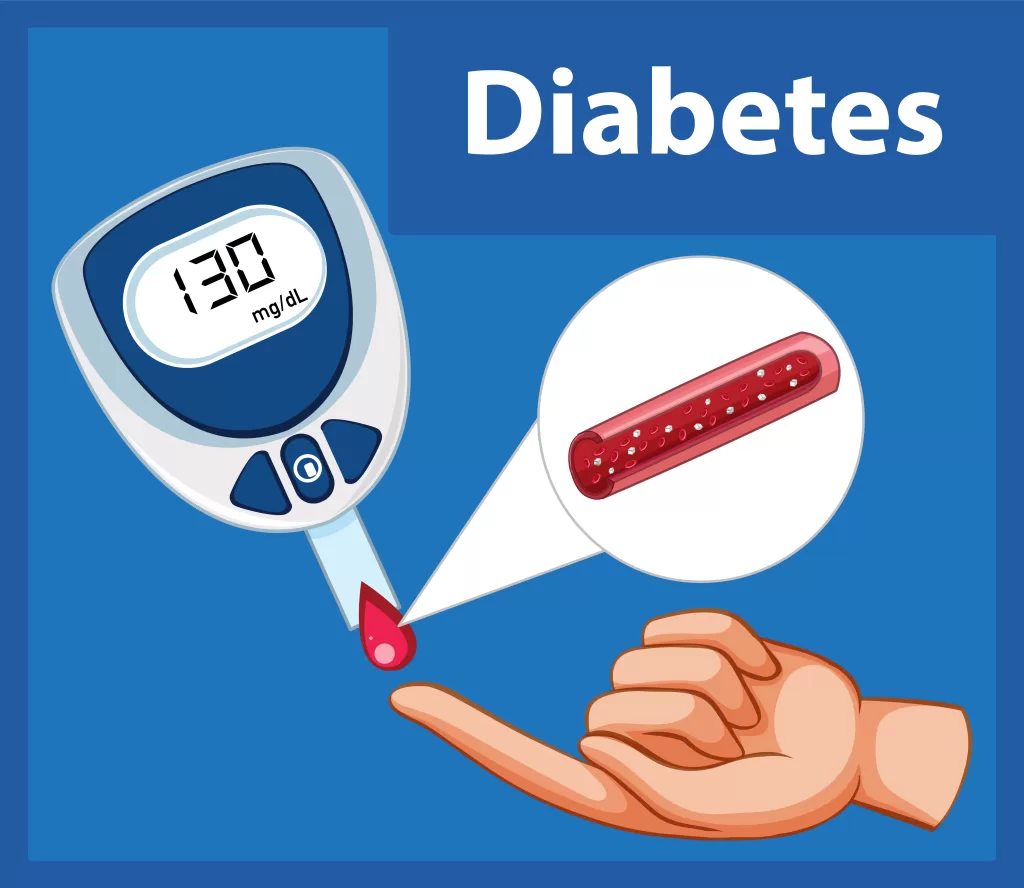- November 18, 2024
- By: peopletreehospitals
- No Comments
World Diabetes Day
Awareness, Prevention, and Living Well with Diabetes
Every year on November 14, millions of people, healthcare organizations, and advocates come together to mark World Diabetes Day. Established in 1991 by the International Diabetes Federation (IDF) and the World Health Organization (WHO), this day raises awareness about diabetes, a chronic health condition affecting over 500 million people worldwide. By sharing information and supporting individuals with diabetes, we strive for a world where everyone has access to the care and education they need to live a healthier life.
Why World Diabetes Day Matters
World Diabetes Day focuses on bringing attention to a global health issue that impacts individuals and communities on multiple levels. Diabetes not only affects the person diagnosed but also extends its impact to families, healthcare systems, and economies. The theme for this year’s World Diabetes Day is “Access to Diabetes Care”, emphasizing the need for equal and sufficient resources to manage and treat diabetes worldwide.
Understanding Diabetes: Types and Impact
Diabetes occurs when the body cannot properly process glucose, leading to high blood sugar levels. This condition can be classified into different types:
Type 1 Diabetes: An autoimmune condition in which the body attacks insulin-producing cells in the pancreas, leading to an insulin deficiency. People with Type 1 diabetes need lifelong insulin therapy
Type 2 Diabetes: The most common form, often associated with lifestyle factors and genetics. It occurs when the body becomes resistant to insulin or does not produce enough insulin. While it can often be managed with lifestyle changes and medication, it can progress to the need for insulin.
Gestational Diabetes: Develops during pregnancy and usually resolves after childbirth, though it can increase the risk of developing Type 2 diabetes later.
Other Specific Types: There are other, rarer types, which can result from specific genetic conditions, surgeries, medications, or infections.
If left untreated, diabetes can lead to severe complications, including heart disease, kidney failure, nerve damage, and vision loss. However, with early detection, proper management, and lifestyle adjustments, many people can live full and healthy lives.
Key Factors and Risk Reduction
The prevalence of diabetes is driven by various factors, from genetics to lifestyle. Risk factors for Type 2 diabetes include obesity, sedentary lifestyle, family history, and poor diet. To reduce the risk of diabetes, it’s important to:
Maintain a Healthy Weight: Even a small amount of weight loss can reduce your risk if you are at high risk for Type 2 diabetes.
Stay Active: Regular physical activity improves insulin sensitivity, helping your body manage blood glucose more effectively.
Eat a Balanced Diet: Choose whole grains, lean proteins, fruits, and vegetables while reducing processed foods high in sugar and fats.
Monitor Your Health: If you have a family history of diabetes, talk to your doctor about getting regular screenings.
Management and Living Well with Diabetes
While diabetes is a chronic condition, it doesn’t have to limit one’s life. Proper management involves a mix of medication, diet, physical activity, and regular monitoring of blood glucose levels. For people with Type 1 diabetes, insulin therapy is a cornerstone of their care. People with Type 2 diabetes may also need medication, including insulin, as their condition progresses.
Dietary Choices: Managing diabetes means being mindful of carbohydrate intake and prioritizing low-glycemic foods that cause a slower rise in blood glucose.
Exercise: Physical activity can lower blood sugar and increase insulin sensitivity. Aim for at least 150 minutes per week of moderate activity.
Blood Glucose Monitoring: Monitoring blood glucose helps people understand how their body responds to food, medication, and activity.
Education and Support: Access to diabetes education and support networks is crucial for people with diabetes to stay motivated and informed.
Global Challenges and Advocacy for Access
One of the main goals of World Diabetes Day is to advocate for better access to care, especially in low- and middle-income countries where the burden of diabetes is high, but resources are limited. Insulin, which has been around for over a century, is still not accessible to everyone who needs it. This lack of access leads to preventable complications and unnecessary suffering for many.
The IDF and WHO work with local governments to address these inequalities, calling for stronger healthcare systems and increased funding for diabetes care.
How You Can Participate in World Diabetes Day
Educate Yourself and Others: Share resources on diabetes prevention and management. Knowledge is the first step toward making positive change.
Get Tested: If you’re at risk, take a step toward understanding your health by getting screened for diabetes.
Support Diabetes-Friendly Organizations: Many organizations work tirelessly to help people with diabetes gain access to medications, education, and resources.
Raise Awareness: Join or organize events, wear blue (the color of diabetes awareness), and share information on social media.
World Diabetes Day is an opportunity to advocate for better healthcare, support individuals with diabetes, and work toward a future with fewer barriers to care. By joining the global effort, we can reduce the impact of diabetes and provide everyone with the resources to lead healthier lives.

